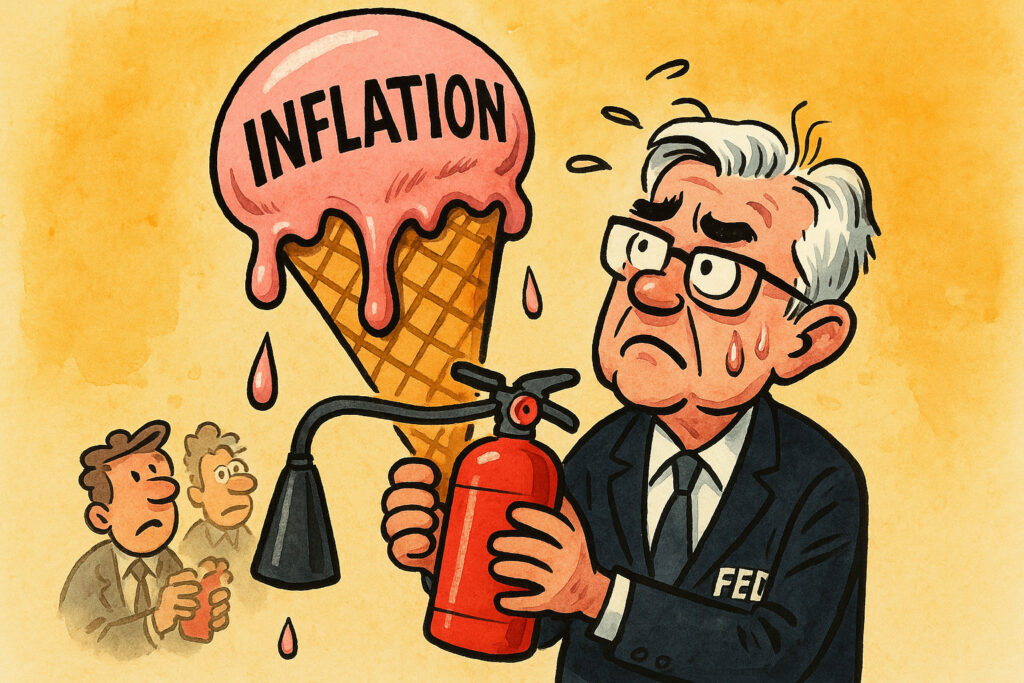Introduction
The U.S. Consumer Price Index (CPI) data for May, released on June 9, 2025, provided a clear signal that inflationary pressures are easing. Headline CPI cooled to 2.4% year-over-year, matching consensus expectations and down from 2.6% in April. This print, alongside a decline in core CPI to 3.4%, reignited investor confidence that the Federal Reserve may soon pivot toward easing monetary policy.
The inflation report had an immediate and broad impact across financial markets. Equities surged, with the S&P 500 gaining 1.2% to close at 5,374, while the Nasdaq Composite climbed 1.6% to 18,530. The Dow Jones Industrial Average rose 0.9% to 38,885. Tech stocks led the rally, fueled by lower bond yields and renewed growth optimism.
Bond markets responded forcefully. The yield on the 10-year Treasury fell to 3.98%, breaking below the 4% psychological threshold for the first time since early April. The 2-year yield dropped to 4.20%, steepening the yield curve slightly and reflecting rising expectations of near-term rate cuts.
Rate futures markets now price in a 65% chance of a Fed rate cut at the July FOMC meeting, up sharply from 25% before the CPI release. Market participants expect two cuts before year-end, as disinflation gains momentum and economic activity shows signs of softening.
Commodities saw divergent reactions. Gold jumped 1.2% to $2,374/oz, buoyed by the drop in yields and dollar weakness. Oil prices slipped slightly, with WTI crude settling at $73.80 per barrel, as markets interpreted easing inflation as a potential headwind to demand.
The U.S. Dollar Index (DXY) declined to 104.15, its lowest in over a month. The euro strengthened to 1.095, while the yen firmed to 154.7 per dollar. In cryptocurrencies, Bitcoin gained 2.5% to trade at $71,200, while Ethereum advanced to $3,900, as lower real yields boosted risk sentiment.
The CPI report showed broad-based improvement. Shelter inflation, a key component of core CPI, rose only 0.2% month-over-month, the smallest increase in nearly a year. Goods prices continued to deflate, while services inflation showed signs of stabilization.
Despite progress, Fed officials have signaled caution. In a post-release statement, Fed Governor Lisa Cook noted that while disinflation is welcome, the Fed would need to see “several more months of progress” before committing to easing policy.
Still, the market narrative has shifted decisively. Lower inflation, easing wage pressures, and slowing consumption all suggest the Fed may have room to cut without reigniting price pressures.
Conclusion
May’s CPI report confirmed a continued disinflation trend, bolstering expectations of a Federal Reserve rate cut as early as July. Markets rallied broadly on the news, with lower yields, a weaker dollar, and rising risk assets. The focus now turns to the Fed’s June 12 policy meeting and the updated Summary of Economic Projections. Investors will watch closely to see whether the central bank aligns its rhetoric with emerging economic realities.
